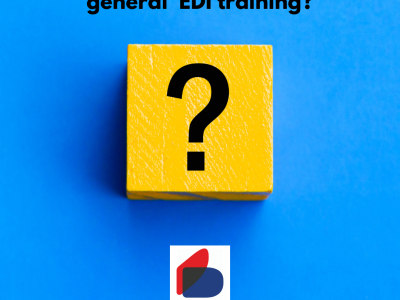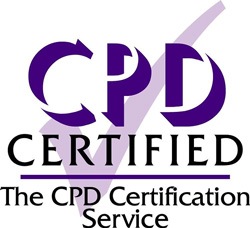How much do we really learn in 'general' EDI training?
When it comes to Equality, Diversity, and Inclusion (EDI) training- there’s a lot to cover.
After all, The Equality Act 2010 outlines nine different protected characteristics, so providing staff with a good foundation of general training on every one of these, (all in a limited timeframe), is frankly an enormous task.
Despite that challenge, there are an increasing number of facilitators taking a general approach towards EDI training. More importantly, many businesses are naively under the impression they can develop good diversity and equality practice through such a training format.
The question is, does general EDI training really have a place in raising meaningful awareness of the nine protected characteristics and helping businesses execute best practice in the workplace, or do we need to reassess this quick fix generalised approach to training?
Whilst a general EDI training course may help you to tick a box, appease a boss, or quickly execute an HR strategy - is it really going to work. We will never really master anything when we rapidly brush over all its aspects. Especially when you consider that most general EDI training begins from square one- with opening questions such as- So, what is equality? –followed by a long-winded attempt to cover everything, but sadly, teaches nothing.
Imagine instead of general EDI training, you were learning to box. If your trainer had a little knowledge of all aspects -stance, footwork, guard, punch technique, cardio etc- would you feel safer putting your skills to practice in the ring with some general training- or would you rather each skill was given due attention, with a coach who had expertise in each area, before you laced up your gloves?
The truth is, each of the nine characteristics deserve meaningful individual training sessions, with examples of lived human experience (positive and negative), anecdotes, case studies, and thought-provoking interactive exercises, practical tips, and guidance, and advice on areas bespoke to attendees. These sessions should be related to each respective characteristic group, if the training is to be anything beyond a box ticking exercise.
To make genuine changes, the course must offer deeper content, and make more of an emotional connection with staff, rather than simply have trainees write out answers to questions on a page, to demonstrate that they have read the materials or listened to the facilitator talk.
From the perspective of Bascule Disability Awareness, our bespoke training aims to help people understand, empathise and develop a mindset that will truly create an inclusive and open workplace culture through content that resonates with them. Through user-led, interactive modules and workshops, we provide workforces with a firmer understanding of disability and the organisational benefits of inclusivity. We aim to empower our attendees with the tools to make change and we have seen great results.
Now, there are some that may say- “That’s all very well- but we don’t have time for nine different training sessions of specialist content.”
We all know that training time will always challenge people’s busy schedules, but many general training sessions take place over two full days. Now, if businesses divided this time, this could easily amount to around 1hr 30 minutes dedicated to each respective group- delivered by an expert in each characteristic- and, if preferred- these can be delivered in short bursts so two full days in a single week aren’t lost.
It goes without saying that an attendee of Bascule’s training would certainly learn a lot more about disability awareness in 1hr 30, than in 14 hours of general training. Part of this comes from my strong belief that most people do not mean to discriminate but say things that are inappropriate accidently out of ignorance. This means an understanding of the protective characteristics, appropriate words and etiquette across the protected characteristics.
The question is – do you want your staff to truly have an inclusive mindset?
Do you genuinely want to embed diversity and equality into your workplace culture? Do you want staff to be able to interact, with colleagues with differences, to help them behave and communicate appropriately and with respect and understanding?
If the answer is an honest ‘yes’ – then you’ve made the choice to take EDI training to a level beyond ‘general’, which can be progressed properly by considering training sessions related to each of the nine protected characteristic groups, so your staff learn more than just the tip of each iceberg.





